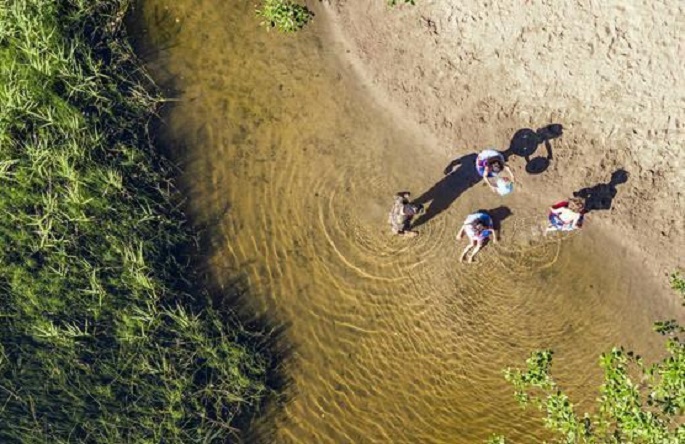Status of coastal waters in Finland deteriorates
Published : 27 Aug 2019, 23:07
Updated : 28 Aug 2019, 10:35
A new assessment has found that the status of the coastal waters in Finland has deteriorated, although the status of the water in lakes and rivers remain very good, said a press release issued by the Ministry of the Environment and the Finnish Environment Institute.
The new assessment of the ecological status1 of surface waters in Finland shows that 87% of the surface area of our lakes and 68% of our rivers are in good or very good condition.
Eutrophication is still the most significant problem. There have been no major changes in the status of inland waters since 2013, except for some improvements in certain sites.
The status of the Gulf of Finland has improved, but for the most part the status of coastal waters is not good, said the assessment. The risks associated with groundwater have not increased.
The preliminary assessment covered 6,875 lakes, rivers and coastal water bodies. The Centres for Economic Development, Transport and the Environment and the Finnish Environment Institute will examine the causes of the changes in certain individual sites during this autumn.
The status of lakes is almost the same as before, but the status of coastal waters has deteriorated.
As a rule, the ecological status of large lakes, especially the lakes in northern Finland, is good or high. Instead, smaller lakes suffer from eutrophication and flowing waters from siltation. The status of artificial or heavily modified water bodies has not yet been assessed.
Some improvements can be observed in the status of the Gulf of Finland, resulting from water protection measures and, in particular, more efficient treatment of wastewater in St Petersburg. Most of the coastal waters where the status is good are in Ostrobothnia.
With respect to groundwater risk areas, the situation is about the same as in the previous assessment. Of the 3,800 groundwater areas covered, 9% were risk areas where risk factors resulting from human action compromise the achievement of a good status. Sufficient data to assess the risk and status is lacking for about 4% of the groundwater areas, and the number of such sites that require further study has increased slightly.
The assessment is conducted in all EU member states every six years.


